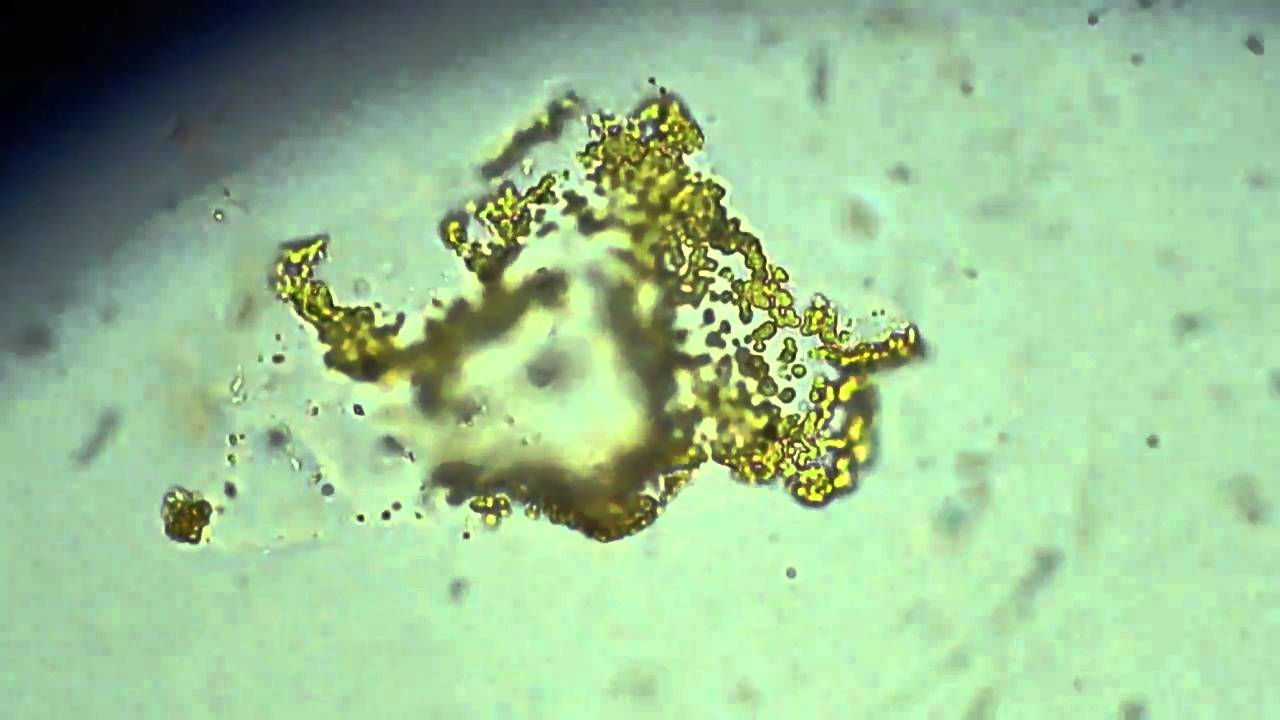
Compounds that give coffee its distinctive mouthfeel
Coffee drinkers intuitively recognize the pleasure of swallowing a smooth, rich brew versus a watery one. Aside from added cream or sugar, the coffee itself contributes to this sensation—referred to as body or mouthfeel—but the specific compounds are not well defined.
Researchers find that this feeling may actually be driven by small molecules, which is kind of unique.
The team set out to isolate the compounds responsible for coffee's mouthfeel by first establishing a descriptive analysis panel. They started with four different coffees. A separate panel of eight experienced tasters, skilled in tactile awareness.
To better define the term 'body,' they broke it down into components that would allow to look for the compounds driving those particular sensations. Four tactile sub-attributes, namely chalkiness, mouthcoating, astringency and thickness were used to differentiate the coffees.
The researchers found that a cluster of small molecules contribute to coffee's mouthfeel. They isolated melanoidin compounds, formed by the Maillard reaction during roasting, and for the first time associated them with astringency.
Two compounds, 3- and 4-caffeoylquinic acid, correspond with mouthcoating. Unexpectedly, the sensation subsided with increased concentrations. Finally, they isolated a novel compound related to chalkiness that contains an amino acid.
The team is now interested in whether there are mechanoreceptors in the mouth that detect these small molecules. According to Peterson, such receptors could be responsible for the decreased mouthcoating sensation that occurs with increasing caffeoylquinic acid. They also want to know more about how coffee bean growing conditions and roasting temperatures affect the compounds. With this knowledge, growers and producers could manipulate their processes to downplay or highlight the small molecules in a cup of coffee according to consumers' preferences.
 English
English Arabic
Arabic


